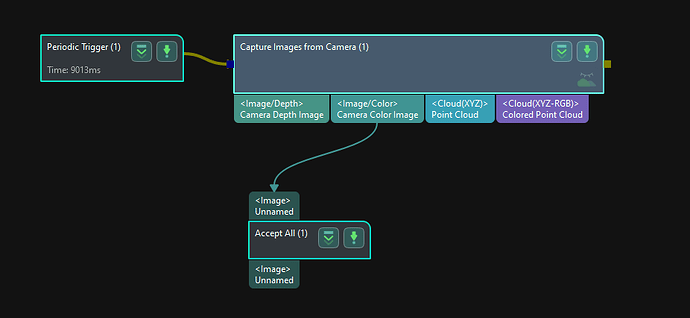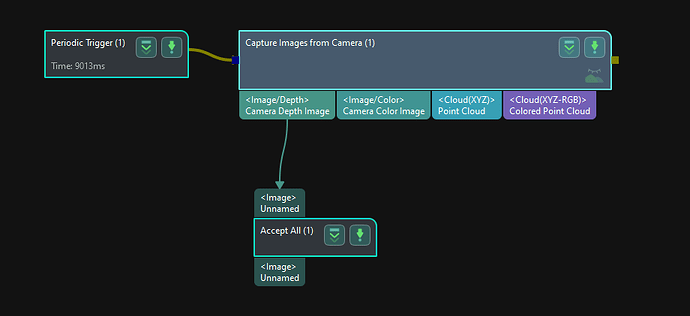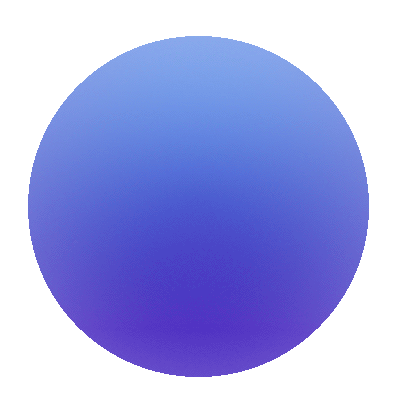1. Three applications are involved in this post: Mech-Eye API, Mech-Vision, and Halcon.
-
In Mech-Eye API, the time it takes to send a request is very short and therefore negligible. Additionally, the camera’s imaging time and transmission time are shorter than those in Mech-Vision because image processing is not needed in Mech-Eye API. Consequently, the overall imaging time of Mech-Eye API is shorter than that of Mech-Vision.
-
Because of different protocols and extra processing time in Halcon, the imaging time in Halcon is longer than those in Mech-Eye API and Mech-Vision.
-
In Mech-Eye API, a special example “CaptureHalconPointCloud” is provided for Halcon. Data from this example can be directly used in Halcon.
2. Methods
-
Mech-Eye API (Here, we use C++ to illustrate the example. Different programming languages make little difference in the time of invoking the interface.)
Steps: Set timestamp and set imaging intervals to 3 seconds. Monitor the time of invoking the interface. After 5 imaging periods, the data from imaging becomes stable. Check the data to get the imaging time.
How to get imaging time of 2D images:

How to get imaging time of depth maps:

-
Mech-Vision
Steps: Set Periodic Trigger with a 3-second interval and arrange the project as follows. Check the stable imaging data after 5 imaging periods.
How to get imaging time of 2D images:
How to get imaging time of depth maps:
-
Halcon
Steps: Set the imaging interval to 3 seconds, monitor “grab_data” and “grab_image” to calculate the time, and check the data after five periods.
How to get imaging time of 2D images:

How to get imaging time of depth maps:

How to get imaging time of 3D images:



